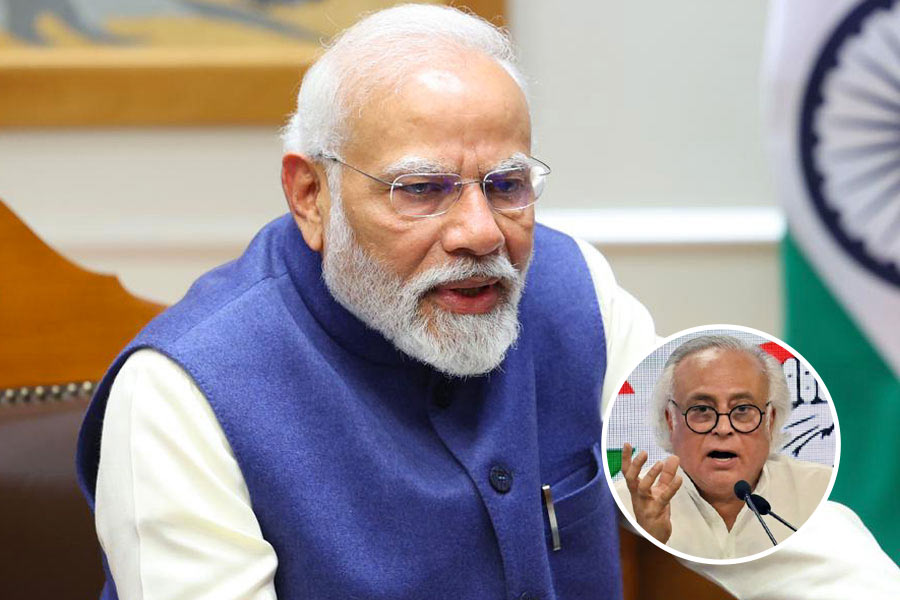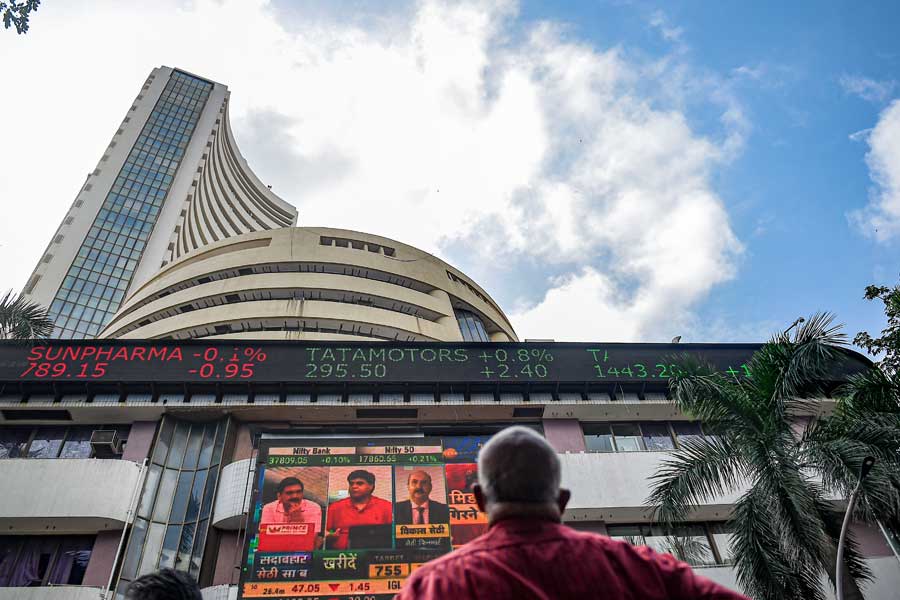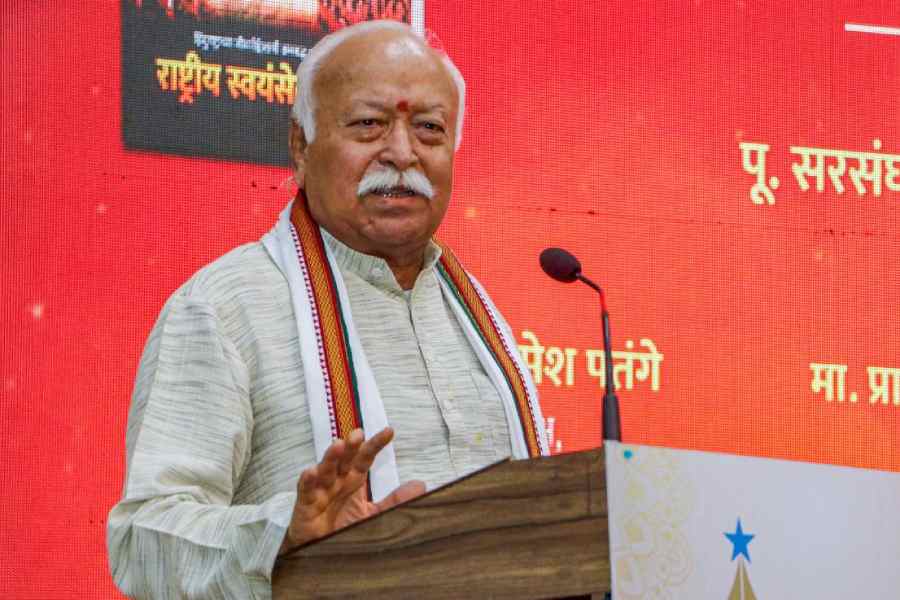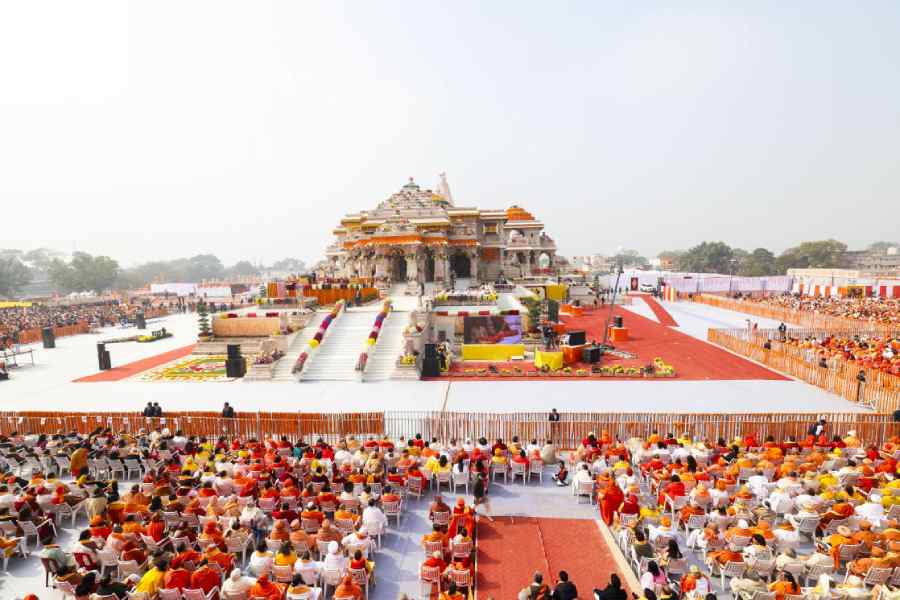Crossings



THE RAILWAYS seem to be creating waves of bad news. First, there were those unsavory CAG reports on food and sanitation. Then came the derailments, one after the other.
However, despite the disasters and scams, there remains much to cheer about our railways. The institution is our national tapestry, a behemoth carrier of history, progress, labour, fantasy and thrill - down the decades, for millions of people. Figures say it hauls 23 million passengers daily. Not every journey is worth recall, but many are.
The last few years have seen a slow but certain phasing out of saloon cars - those customised coaches that work as houses on wheels. One such carriage is exhibited at the railway museum close to Howrah station. The dining space has tables laid out, crockery and all. The sleeping berths in the next room are neat and inviting. But with motion missing, it's only a reminder of what was.
Mrs A carries a bit of the railway's history in her. At 70, her postcard journeys in saloon cars are neatly stacked in her mind. "The first one was about 50 years ago, soon after my wedding," she says, taking a leaf out of her album. Her husband, an engineer then posted at Chakradharpur, a railway division in Bihar, had to go on inspection visits frequently. A saloon car took him around, for the sites were often in the middle of nowhere. Mrs A quickly realised that the saloon was going to be her second home.

Driven by a diesel engine, their carriage crisscrossed the Chhotanagpur region. Sometimes a goods train going the same way would kindly tag it along. "I would spend most of my time looking out of the window," she tells anyone who is willing to listen. She recalls the visual verse - the canvas changing by the hour, accompanied by the rhythmic and urgent beat of heavy metal. There were no fairies or witches, as the famous poet wrote, but bridges and houses, and hedges and ditches. Imagine waking up in the middle of the night to find the carriage still, perhaps at a signal, and far into the fields the fireflies having a ball.
There was a knock on the door one night, at 1.30. It was sharp and repeated. This time their saloon was trailing a freight wagon transporting coal. The train had come to an abrupt halt in rough terrain, somewhere around Rourkela. At the door stood the guard, shining a torchlight. "There is fire in the engine, and the driver has fallen unconscious," he spoke. Mrs A's husband left with him immediately, telling her to not open the door "until I return". Did it worry her, to be left all alone with not a soul around? "I bolted the door and windows, and went back to asleep... In those days, there was no fear."
Meantime, the driver was moved to care, the engine changed, and a new pilot summoned to steer the serpentine beast. In the morning, the journey resumed.
When not in motion, a saloon is parked in sidings, on special lines away from live tracks. An engine shunts it back on track when it's time to go.
Food prepared in the tiny kitchen was simple, but served in expensive crockery. Tahir, the elderly cook, would churn out "delicious meals from the most basic stuff", she says. One afternoon, Tahir had stepped out, leaving the rice on boil. Suddenly, Mrs A was jolted from her siesta. The saloon was being shunted, she realised. But the clash of metal against metal had travelled through the walls, right up to the stove. Running into the kitchen, she found the rice spilt on the floor, making a sorry mess with pieces of glassware. That day, lunch consisted of large samosas wrapped in sal leaves.
They say wherever the railroad goes, it creates space and landscape. And for travellers like Mrs A, a holdall of existence in inhospitable environs.
There are reports of a brand new saloon car being planned for the President of India. It is going to be a Rs 8-crore affair with bullet-proof windows. One has a feeling that the journeys therein may not be of the same quality as those of Mrs A.
Paromita Kar










